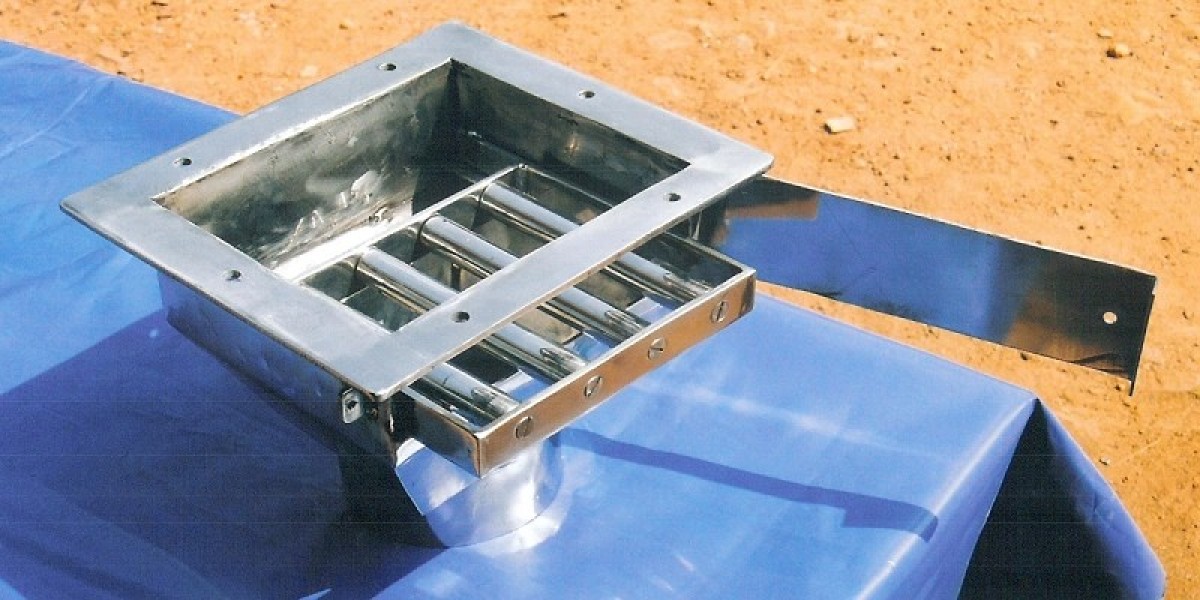Woodshops and carpentry areas are vibrant workplaces where creativity and craftsmanship come to life. However, they also pose significant fire risks due to the presence of sawdust, wood shavings, flammable finishes, and heavy machinery. Fires in these environments can spread quickly, putting workers, property, and equipment at risk. To minimize danger, having the right fire extinguishers is essential. This article explores how to choose the best fire extinguishers for woodworking areas, along with training considerations like the OSHA 30 Hour Construction Training program that helps workers build stronger safety awareness.
Why Fire Safety Is Essential in Woodshops
Carpentry areas combine combustible materials, power tools, and electrical systems—making them particularly vulnerable to fire hazards. Even small sparks from equipment or friction can ignite fine wood dust.
Key fire hazards in woodworking shops include:
Wood dust and shavings that can ignite easily or cause explosions.
Solvents, varnishes, and adhesives that are highly flammable.
Overloaded electrical wiring powering saws, sanders, and other machinery.
Improper disposal of oily rags that can spontaneously combust.
Without proper fire safety planning, these risks can lead to devastating losses. Fire extinguishers provide a critical first line of defense.
Fire Classes Relevant to Woodshops
Before choosing extinguishers, it’s important to understand which fire classes apply to carpentry areas.
Fire Class | Fire Type | Example in Woodshops | Suitable Extinguishers |
Class A | Ordinary combustibles | Wood, sawdust, paper | Water, Foam, ABC Powder |
Class B | Flammable liquids | Paints, varnishes, adhesives | Foam, CO₂, Dry Powder |
Class C | Electrical fires | Power tools, wiring, lighting | CO₂, Dry Powder |
Class D | Metal fires | Rare in woodshops (aluminum dust possible) | Special dry powder |
Most woodworking areas face Class A, B, and C fire risks, requiring a versatile approach to extinguisher selection.
Best Fire Extinguishers for Carpentry and Woodworking Areas
1. Water and Foam Extinguishers
These are ideal for Class A fires involving wood, sawdust, and paper. Foam extinguishers also provide some protection against flammable liquid fires.
Advantages:
Effective for common wood-based fires.
Prevents reignition by cooling surfaces.
Widely available and affordable.
2. Dry Chemical Powder (ABC Powder) Extinguishers
Versatile and effective, these extinguishers can handle Class A, B, and C fires.
Advantages:
Suitable for wood, solvents, and electrical fires.
Quick knockdown power.
Affordable and reliable for mixed hazards.
3. Carbon Dioxide (CO₂) Extinguishers
Best suited for electrical fires, CO₂ extinguishers are essential in woodshops filled with power tools and electrical equipment.
Advantages:
Leaves no residue, protecting sensitive machinery.
Displaces oxygen to smother flames.
Effective for small flammable liquid fires as well.
4. Special Dry Powder Extinguishers
Though less common in carpentry shops, these are used for metal fires, which may occur if certain metal dusts (e.g., aluminum from fittings) are present.
Advantages:
Designed for unique hazards.
Provides targeted fire suppression.
Placement of Fire Extinguishers in Woodshops
Having the right extinguisher is not enough—placement matters just as much.
Placement tips include:
Install extinguishers at workshop entrances and exits.
Position near high-risk areas like paint storage and electrical panels.
Mount units on walls at visible, accessible heights.
Ensure extinguishers are spaced so that workers can access one within 30–50 feet.
Keep access routes clear and well-marked.
Maintenance and Inspection
Extinguishers in woodshops must be regularly inspected to ensure reliability.
Maintenance checklist:
Check pressure gauges monthly.
Verify safety seals and pins are intact.
Inspect hoses for cracks or blockages.
Perform annual professional servicing.
Keep inspection logs for compliance.
A neglected extinguisher can fail when it’s needed most, leading to catastrophic consequences.
Training Workers in Fire Extinguisher Use
A fire extinguisher is only effective when used by someone who knows how to handle it. Training workers in proper use builds confidence and ensures quick action during emergencies.
Key training elements:
Understanding fire classes and extinguisher types.
Learning the PASS method (Pull, Aim, Squeeze, Sweep).
Practicing evacuation procedures.
Safe handling and disposal of flammable materials.
Programs such as OSHA 30 Hour Construction Training provide comprehensive knowledge on workplace hazards, including fire safety. By equipping workers with these skills, employers reduce fire risks and increase preparedness.
Common Fire Safety Mistakes in Carpentry Shops
Even well-equipped workshops sometimes overlook fire safety basics. Mistakes to avoid include:
Storing solvents or paints near ignition sources.
Blocking access to extinguishers with lumber or tools.
Using the wrong extinguisher type on flammable liquid fires.
Failing to train new employees in fire response.
Ignoring regular maintenance checks.
Correcting these mistakes can significantly lower fire risks.
Real-World Example: Fire Containment in a Carpentry Facility
In 2022, a small carpentry unit in Europe experienced a fire when sawdust accumulated inside a dust collector and ignited. Workers quickly deployed an ABC powder extinguisher, containing the fire before it spread to stored timber. The facility had recently conducted fire safety drills as part of an OSHA Training Course equivalent, which proved crucial in averting major losses.
Compliance and Regulations
Woodshops must comply with workplace safety regulations that mandate fire prevention measures. Key requirements include:
Installing suitable extinguishers based on identified hazards.
Conducting routine inspections and keeping records.
Training employees in extinguisher use and emergency response.
Ensuring proper ventilation and dust collection systems are in place.
By aligning with OSHA standards, carpentry facilities strengthen both compliance and worker safety.
Building a Fire-Safe Culture in Woodworking Areas
Beyond equipment, cultivating a safety culture is essential. Employers should:
Conduct regular fire drills.
Provide personal protective equipment (PPE).
Enforce proper storage of flammable liquids.
Maintain dust collection and ventilation systems.
Encourage continuous training and hazard awareness.
Safety culture ensures that fire prevention becomes second nature to every worker.
Discover the importance of an OSHA Training Course for workplace safety.
Conclusion
Choosing the right fire extinguisher for woodshops and carpentry areas is critical in preventing devastating fires. Water, foam, CO₂, and ABC powder extinguishers each play unique roles in tackling different hazards. Proper placement, regular inspections, and trained staff are equally important.







